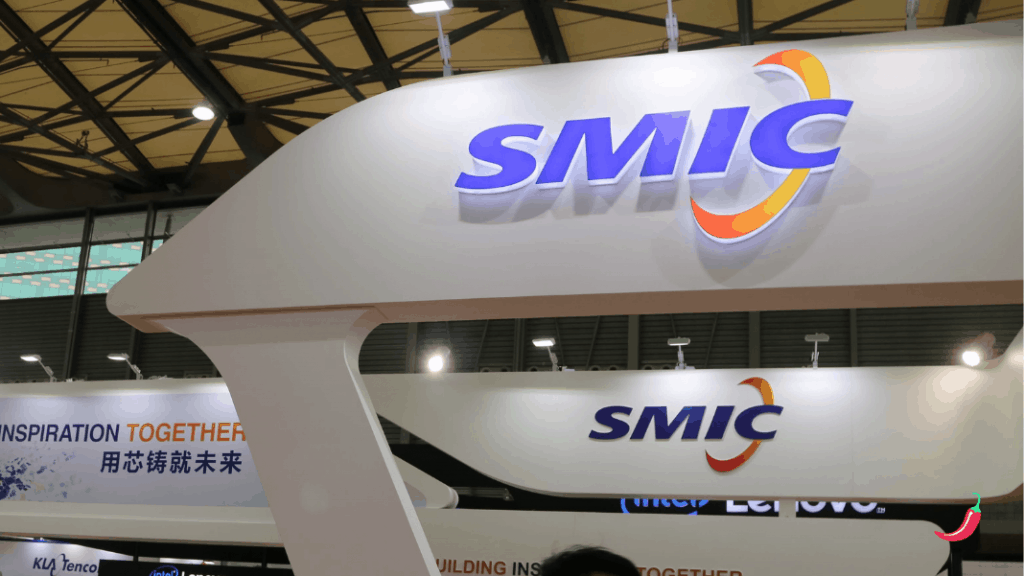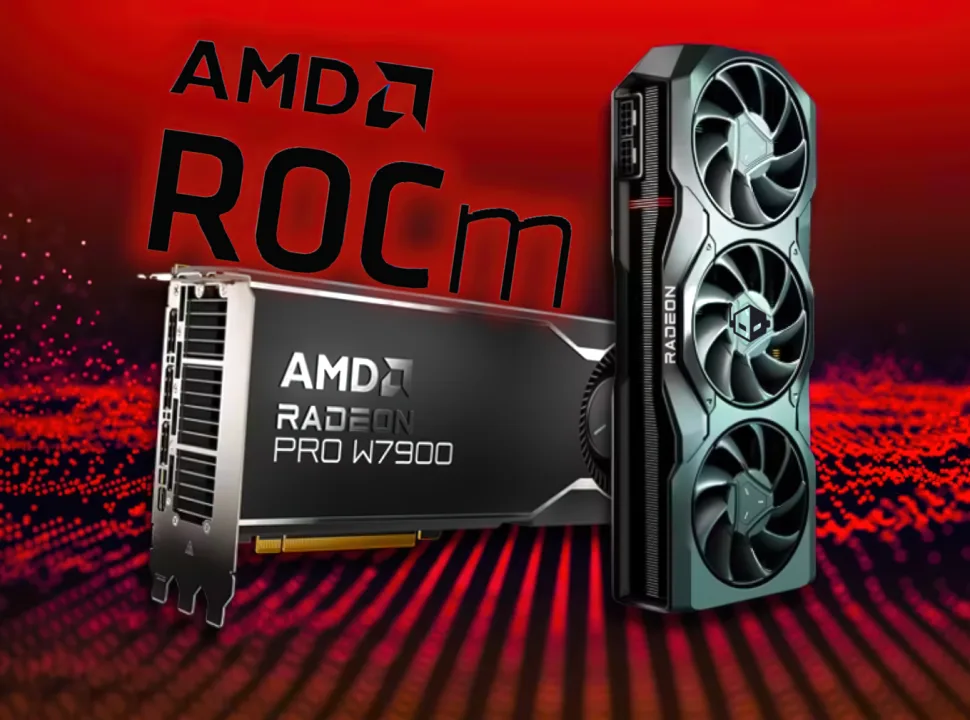Since July 2021, Chinese foundry SMIC has begun shipping chips for a Bitcoin mining SoC based on its 7nm process node, according to analysis firm TechInsights (h/t SemiAnalysis). Reverse engineering the device, TechInsights claims that the “first photos imply it is a near duplicate of TSMC 7nm process technology,” which is significant given that Taiwan-based TSMC has previously sued SMIC twice for stealing their technology.
The discovery is being made as China works to expand its domestic semiconductor industry, with the heavily-reglement SMIC leading the charge. The US government is about to approve significant subsidies for US-based chipmakers.

According to TechInsights research, TSMC, Intel, and Samsung have all created technologies that are at least two nodes more advanced than SMIC’s 7nm and significantly more sophisticated. The importance of SMIC shipping its 7nm process, even though SMIC has been severely sanctioned by the US government, limiting its access to cutting-edge EUV chipmaking equipment, cannot be understated.
However, the company can leverage its current resources to create 7nm (and possibly smaller) chips, but with less ideal economics and yield. As China works to become technologically independent of Western nations by building its supply of domestically created chips, those economic considerations are scarcely a worry.
SMIC first revealed its 7nm node at the start of 2020.
Later on in the year, it was revealed that SMIC and its partner Innosilicon had taped out a chip on the N+1 version of the 7nm node. It is still unknown, though, whether the Minerva Bitcoin mining chip that Techinsights bought on the open market is connected to the Innosilicon project. We’re not sure if the Minerva chips use the N+1 or N+2 version of the process technology, despite SMIC’s assertion that it also had an N+2 version of their 7nm node under development at the time.
In 2002 and 2006, Taiwan-based TSMC filed lawsuits against SMIC for allegedly stealing its process technology. TechInsights’ claim that SMIC likely copied TSMC’s 7nm could result in additional legal disputes between the two businesses.

As a reminder, the process naming node convention, such as “7nm,” has evolved into more of a chipmakers’ marketing tactic than a metric connected to any actual measurement. To better understand how SMIC’s node compares to other industry nodes, TechInsights is selling specific reports based on its analysis of the chip, including a transistor density analysis, an advanced CMOS process analysis, and a process flow analysis.
Also Read: Qualcomm Launches its new Snapdragon W5 Plus Gen 1 and Snapdragon W5 Gen 1 platforms for Wearables








